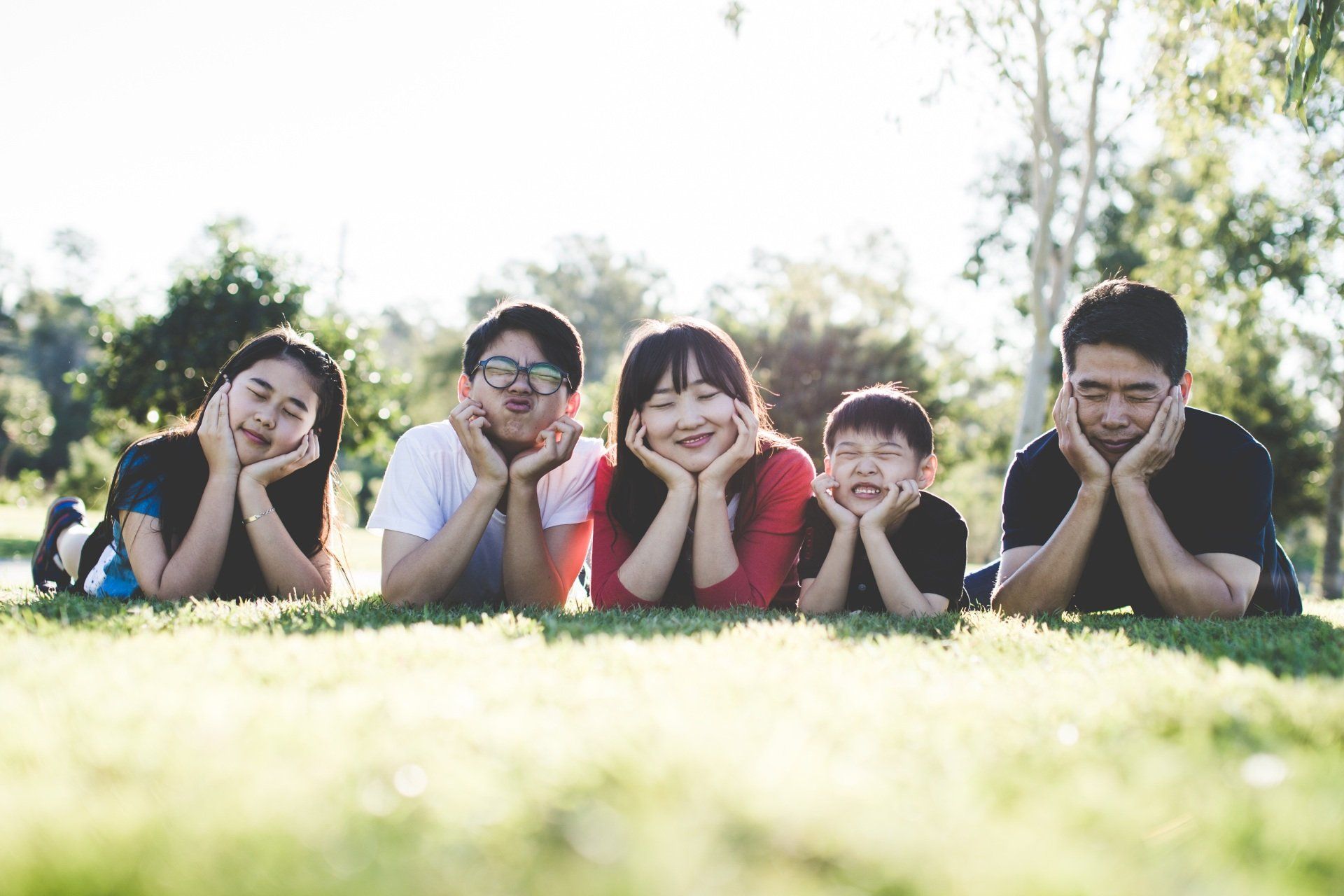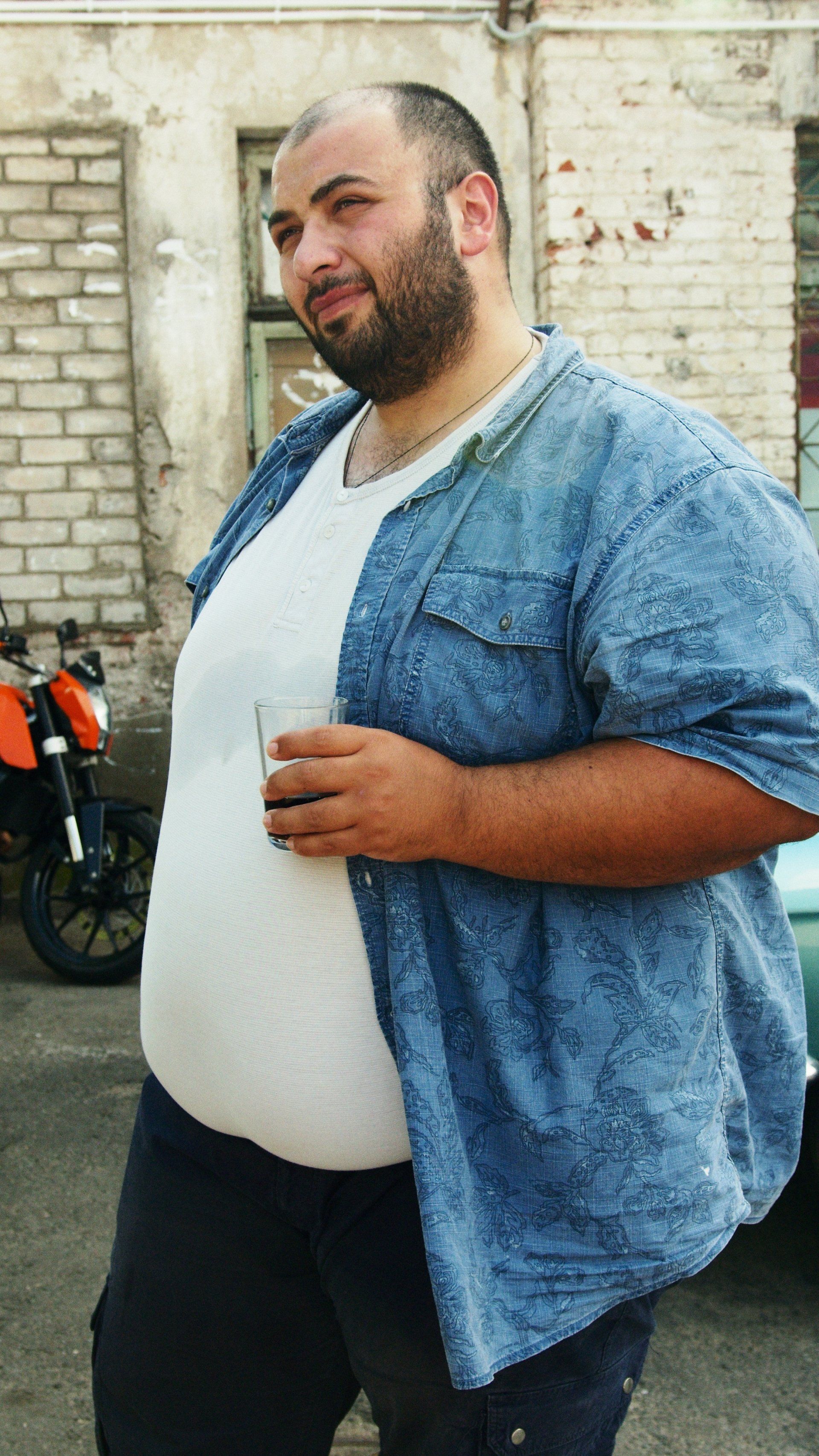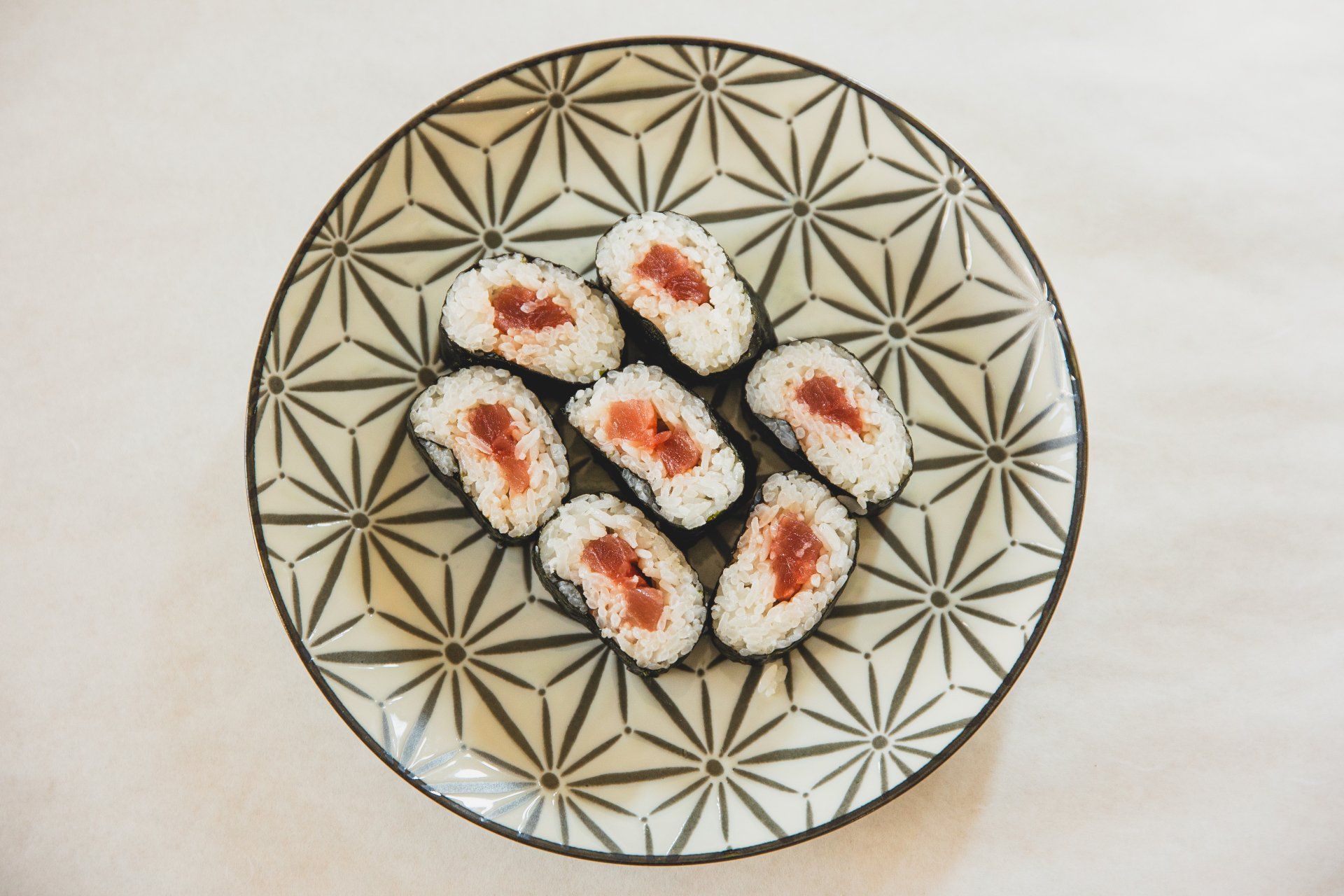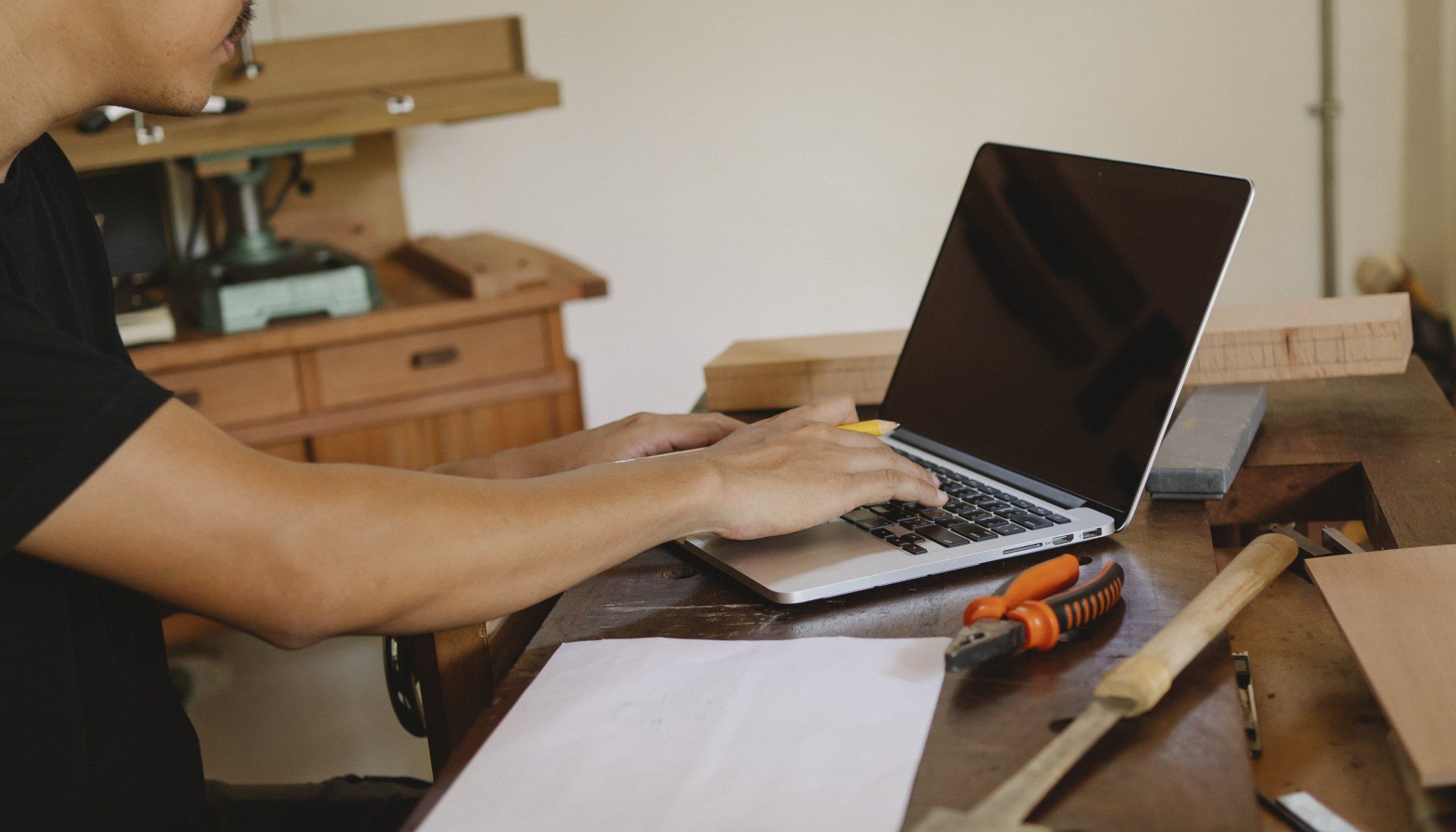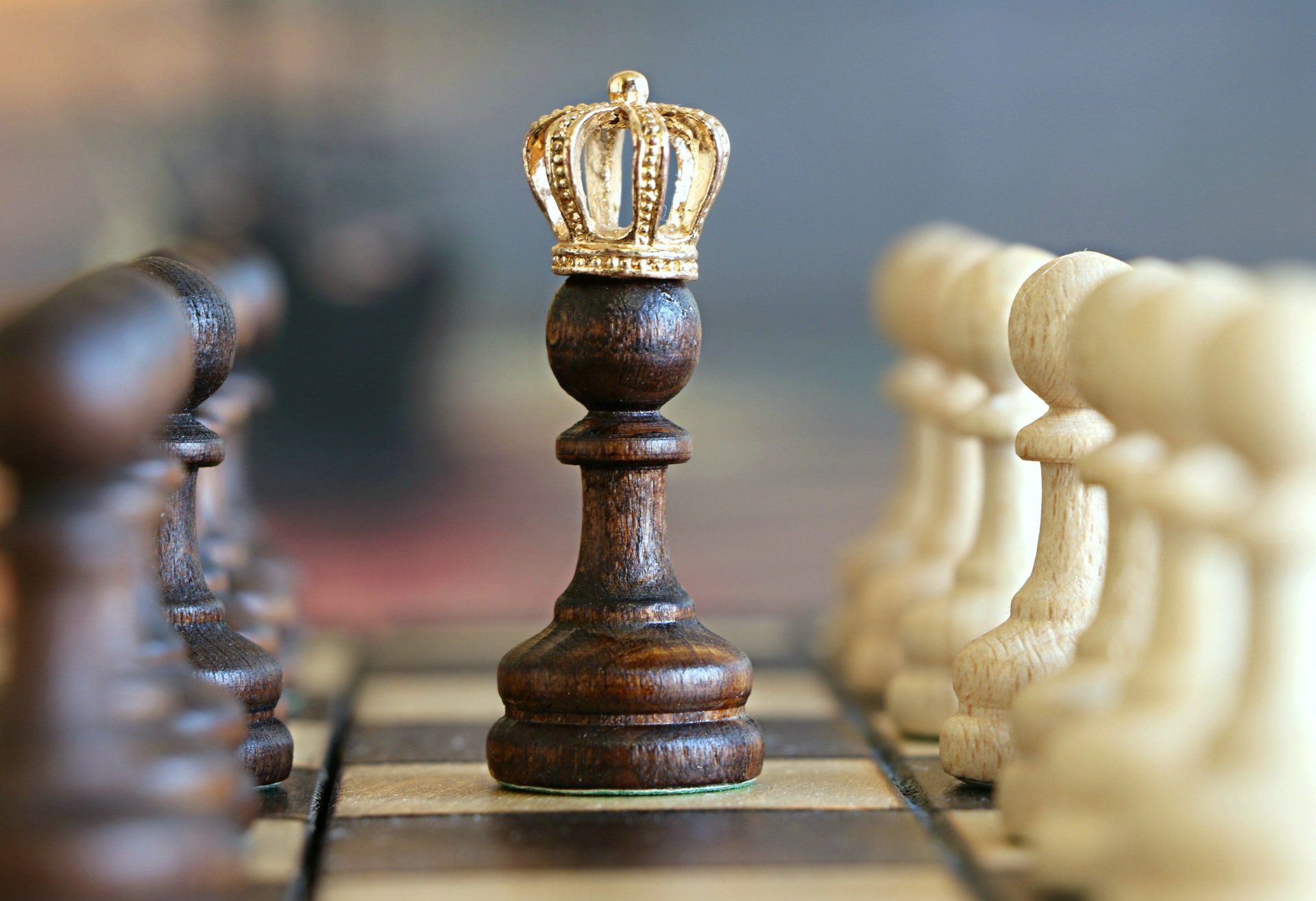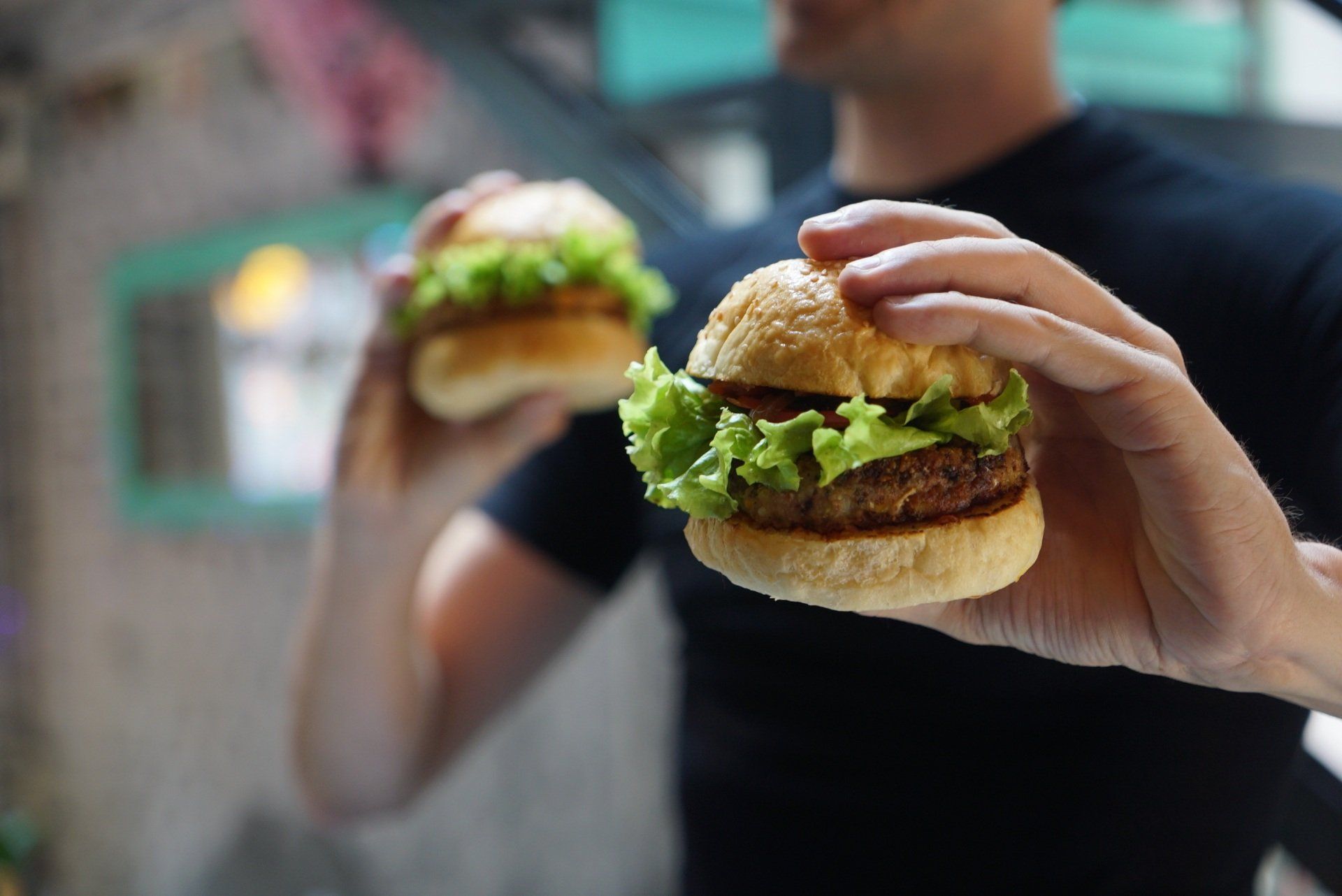From Our Intuitive Eating Online Course: The Importance of Aesthetics
In this lesson on using intuitive eating to lose weight, you’re going to learn why improving the aesthetics around food can help you lose weight. Now, come on. Get serious. how would enhancing the appeal of food contribute to weight loss? I’m about to show you. Which omelette are you likely to eat more of?
This one?
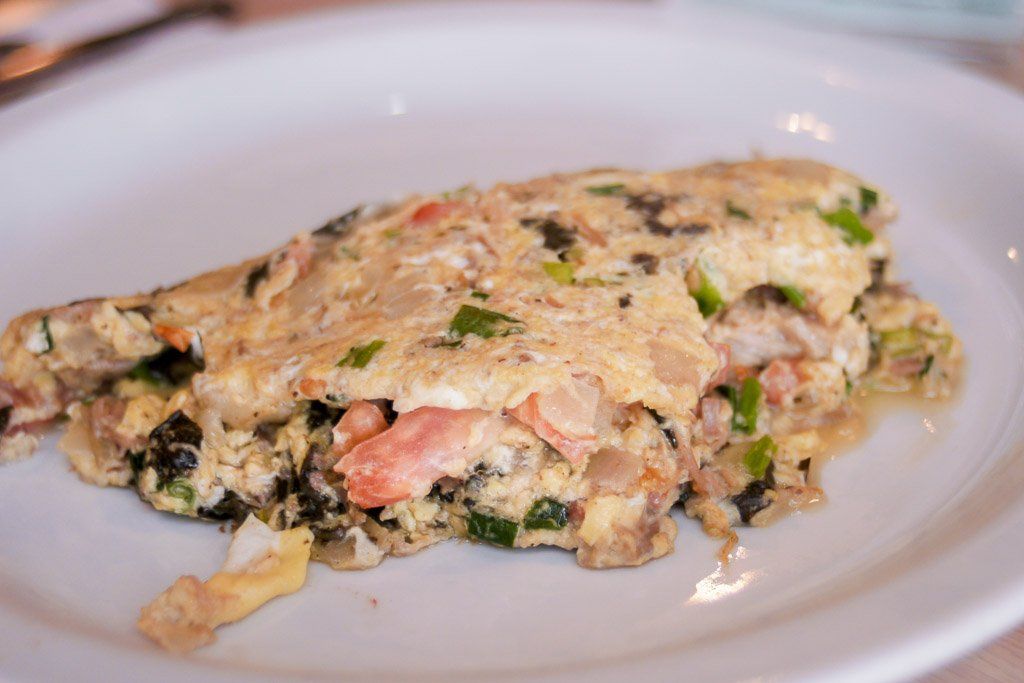
Or this one?
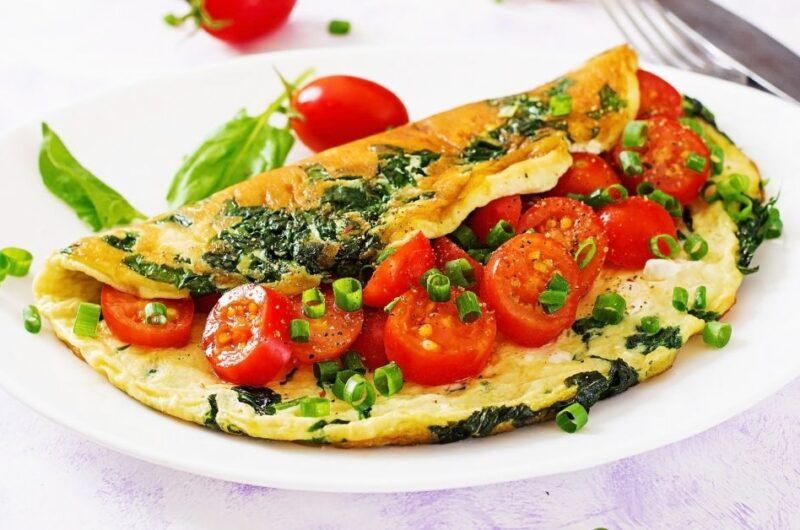
Almost all of you would predict you’d eat more of the…beautiful one, the one that’s appealingly presented.
But that’s not what the research shows.
The research shows you are far more likely to eat more of the ugly one. Why? Why would studies show you’d eat more of the ugly omelette?
A few questions might help us figure it out: Which omelette is likelier to puts us in a better mood? Make us admire, smell and savor it? Generate more conversation? Deepen the bonds with the people we’re eating with (Which cook would you be more grateful for?)
Which one would you eat slower? And take smaller bites? And have the meal last longer?
Intuitive Eating's Superpower
All those characteristics of appealingly presented food? They trigger what makes intuitive eating so powerful--sensory specific satiety. Which allows more awareness of declining pleasure. When this happens, you will stop eating sooner and reduce the chances you’ll want second helpings.
Ok, that’s how research explains why you’d eat LESS of a beautifully-presented food. But what do studies say about why would you eat more of ugly-looking food? Because its main appeal is going to be QUANTITY, which satisfies visceral not epicurean pleasure.
That means you’ll eat it faster with bigger bites. And THAT means it will take longer for sensory specific satiety to set in and give you the false feeling that you’re not full yet.
The result? You’ll eat more… and when you’re done? Want more.
Let’s look at some other aesthetic factors that influence weight gain.
Picture a dinner scenario between two families--Let’s call them the Viscerals and the Epicureans.
Let’s set the scene:
The Visceral Family. They don’t pay attention to atmospherics at all:
Dinner is on a card table with folding chairs.
Food is served on flimsy paper plates with plastic forks, knives, and spoons.
The TV is wheeled out in position so that everyone can watch it as they eat.
Food is served buffet-style with everything on the table in mismatched plastic bowls.
Various members of the family reach for the food before everyone is properly seated.
Everyone starts eating whenever they feel like it and leave the table whenever they want.
Most of the conversation takes place during commercial breaks.
Now Let’s Look At The Epicurean Family
The TV is off.
The meal begins with everybody holding hands, saying grace, and taking turns saying what they’re grateful for.
Food is brought out course by course. The next course doesn't start until the last one is finished.
It’s served in platters with colors and designs that prompt comments (some good, some bad).
The food is artfully presented.
Comments and questions about the food abound.
This leads to a story about grandma’s recipe and everybody swears the food tastes even better after hearing the story.
There is conversation throughout the meal.
Nobody leaves the table until everyone is done.
Which family is more likely to overeat? To gain weight? The Visceral Family! Let’s talk about why:
Studies show that people who dine while they watch TV eat more, eat faster and eat longer than people who don’t.
Distracted eating interferes with your ability to gage how full you are, encouraging you to keep on eating.
In contrast, the Epicurean family didn’t have the TV on, so conversations flowed, lengthening the time the family spent together, which allowed the belly to communicate its fullness to the brain.
The Visceral family served food buffet-style, which practically guarantees overeating.
Mindful Eating For Weight Loss
Because access is so easy, Studies show people serve themselves a lot more food at a buffet. AND they can serve themselves seconds, thirds or fourths without even thinking about it.
With the Visceral Family, The lack of aesthetics (paper plates, plastic forks) diminishes the appeal of the food’s sensory qualities, making quantity its major appeal.
Example: Why would you pause to admire this food, stop to compliment the chef or take a moment to savor the taste….
if everything about the presentation says, “Eat it and get it over with.”
Listen you don’t have to spend a lot of time or money to plate your food well.
Don’t think fancy; think simple and be intentional about presenting food in a pleasurable way, even if you’re eating alone. ESPECIALLY when you eat alone because that’s when we all tend to overeat.
Finally, the lack of rituals in the Visceral family decreased the amount of conversation, provided no context to create emotional connections, and shortened the meal so the stomach couldn’t accurately communicate satiety with the brain, leading to overeating.
But in the Epicurean family, saying grace or going around the table talking about your day created strong social bonds, made the meal more pleasurable and last longer.
Ok, So we've established how aesthetics, traditions and rituals influence weight loss. Now, what can we do to accelerate their weight-reducing power?
According to scientists, it’s something that’s going to make you scratch your head: we need to give food a new meaning. That may sound a little suspect right now, but in the next post you’re going to say, ahhhh.
Academic Studies Informing This Article On Intuitive Eating
Koyama, K. I., Amitani, H., Adachi, R., Morimoto, T., Kido, M., Taruno, Y., Ogata, K., Amitani, M., Asakawa, A., & Inui, A. (2016). Good appearance of food gives an appetizing impression and increases cerebral blood flow of frontal pole in healthy subjects. International journal of food sciences and nutrition, 67(1), 35–39. https://doi.org/10.3109/09637486.2015.1118618
Quote: Good appearance of food gives an appetizing impression and increases cerebral blood flow of frontal pole in healthy subjects.
Devina Wadhera, & Elizabeth D. Capaldi-Phillips. (2014). A review of visual cues associated with food on food acceptance and consumption, Eating Behaviors, Volume 15, Issue 1, Pages 132-143, https://doi.org/10.1016/j.eatbeh.2013.11.003.
Quote: All together, these studies show that color can affect perceived flavor, odor, and taste intensity of foods which can then affect food intake.
Wu, C., Zhu, H., Huang, C., Liang, X., Zhao, K., Zhang, S., He, M., Zhang, W., & He, X. (2022). Does a beautiful environment make food better - The effect of environmental aesthetics on food perception and eating intention. Appetite, 175, 106076. Advance online publication. https://doi.org/10.1016/j.appet.2022.106076
Quote: This research also explored the mediating role of emotion in the relationship between environmental aesthetics and food perception and found a significant mediating relationship. In conclusion, environmental aesthetics play an important role in food perception, and these findings provide insights into increasing positive food perception in daily life.
Rolls, B., Rowe, E., & Rolls, E. (1982). How flavour and appearance affect human feeding. Proceedings of the Nutrition Society, 41(2), 109-117. https://doi.org/10.1079/PNS19820019
Quote: The flavour and shape of foods can affect both the amount of food eaten and the subjective responses to foods. We have found that the successive presentation of foods which vary just in flavour or shape leads to a significantly greater intake in a meal than the presentation of just one flavour or shape.


